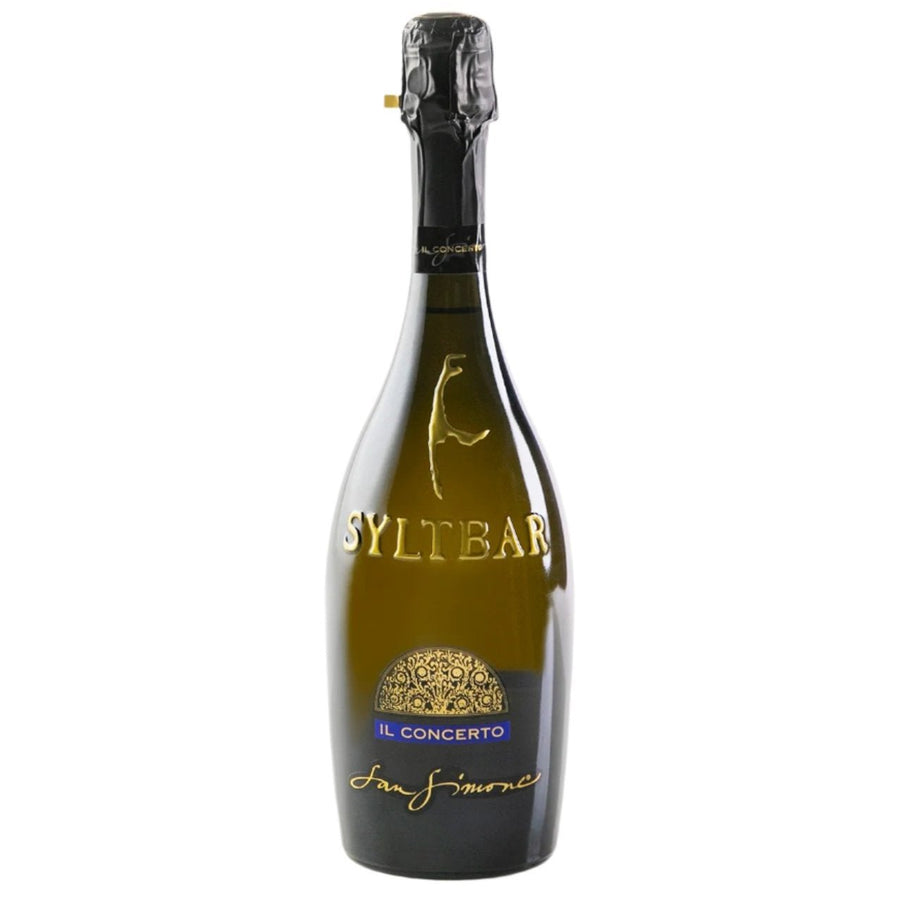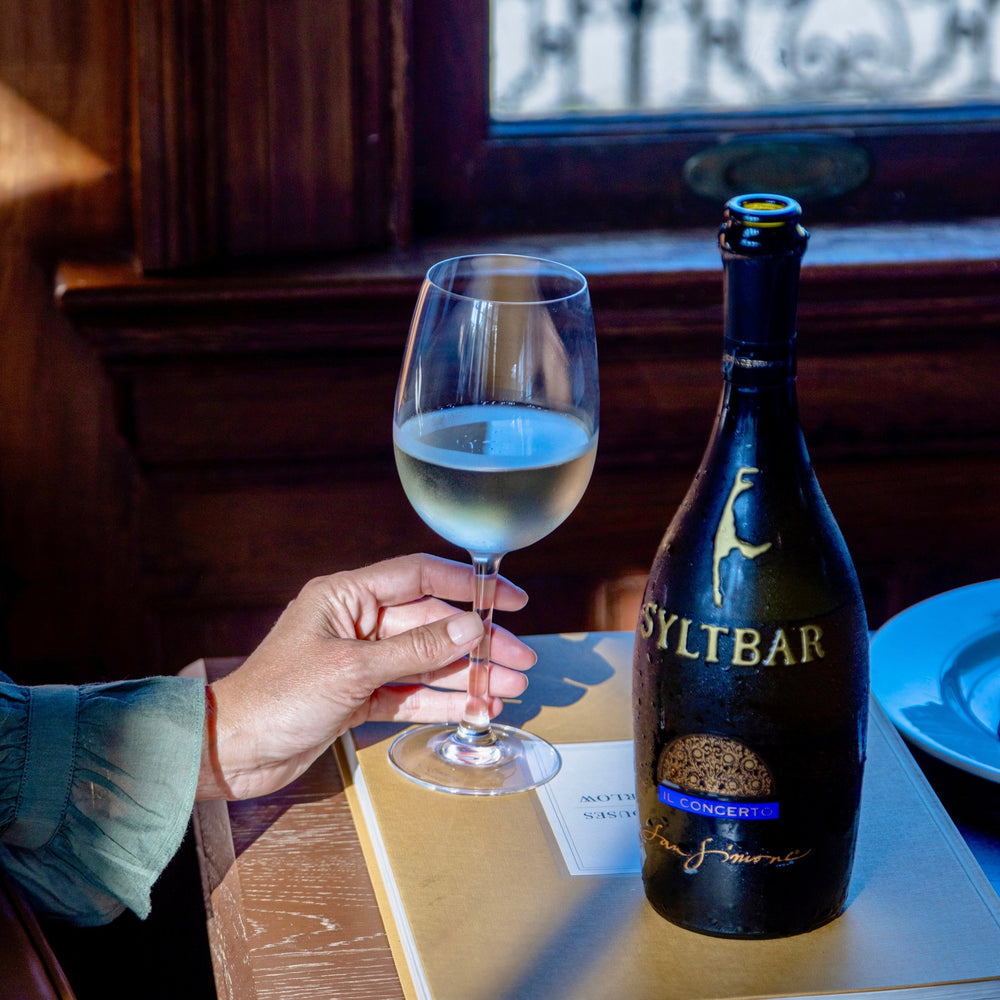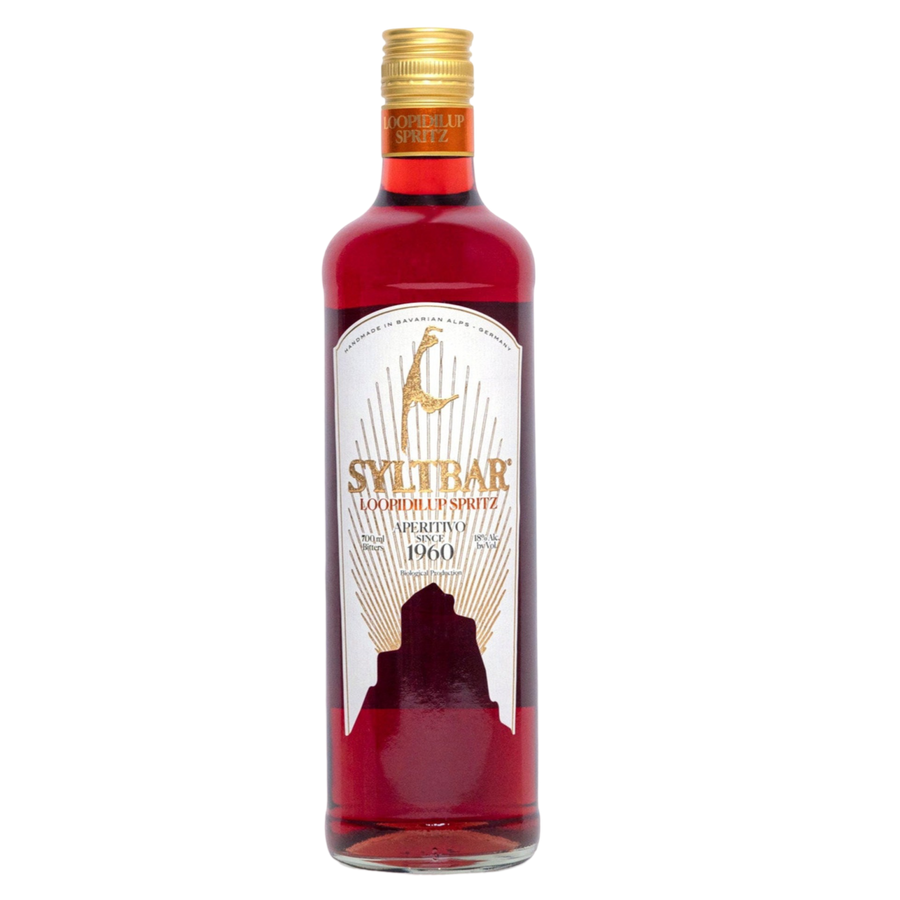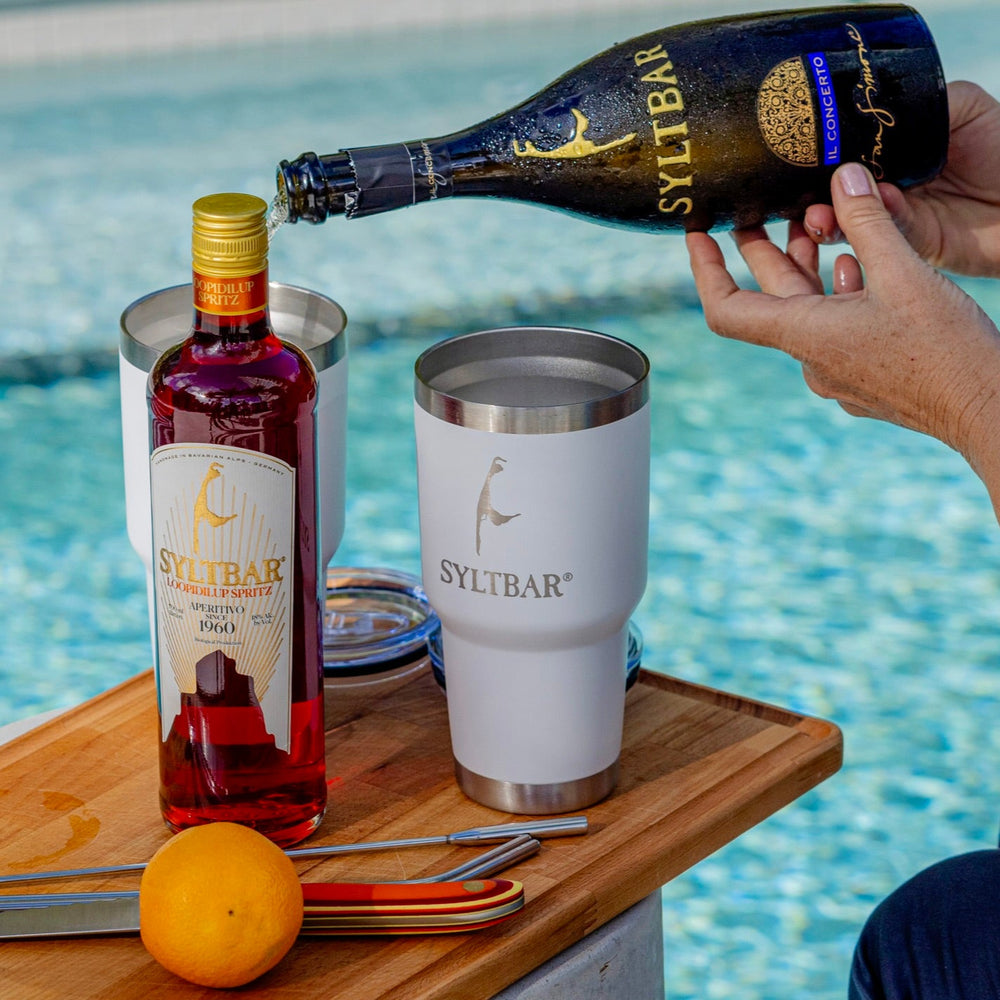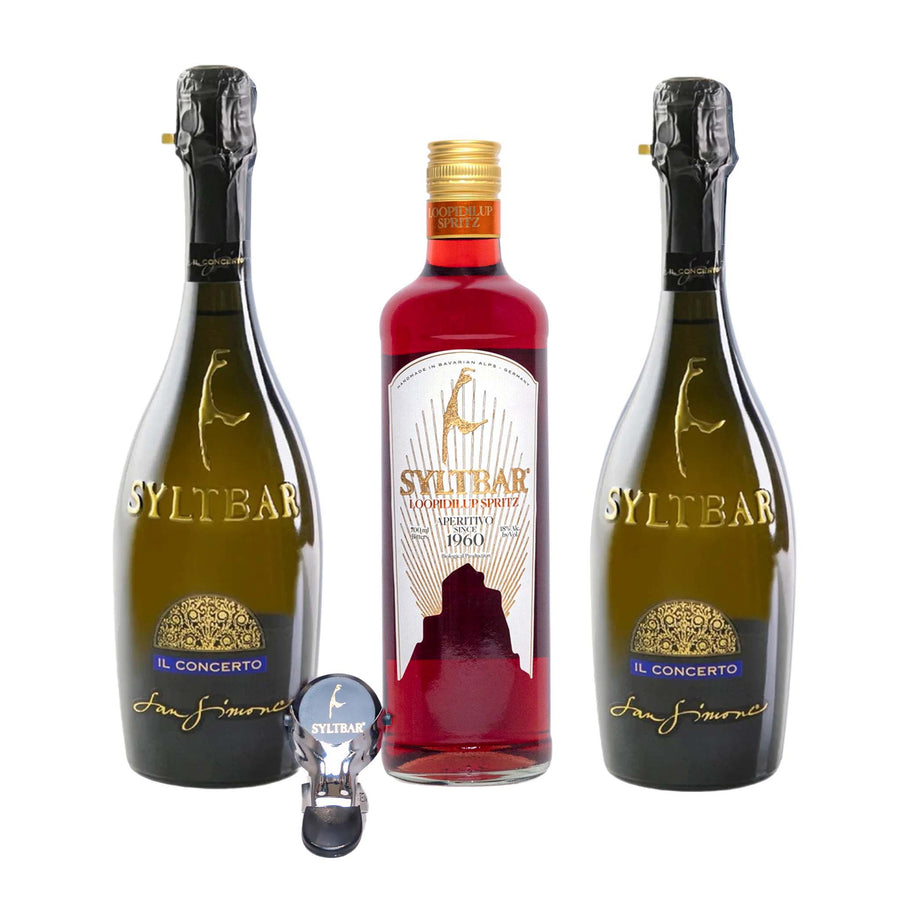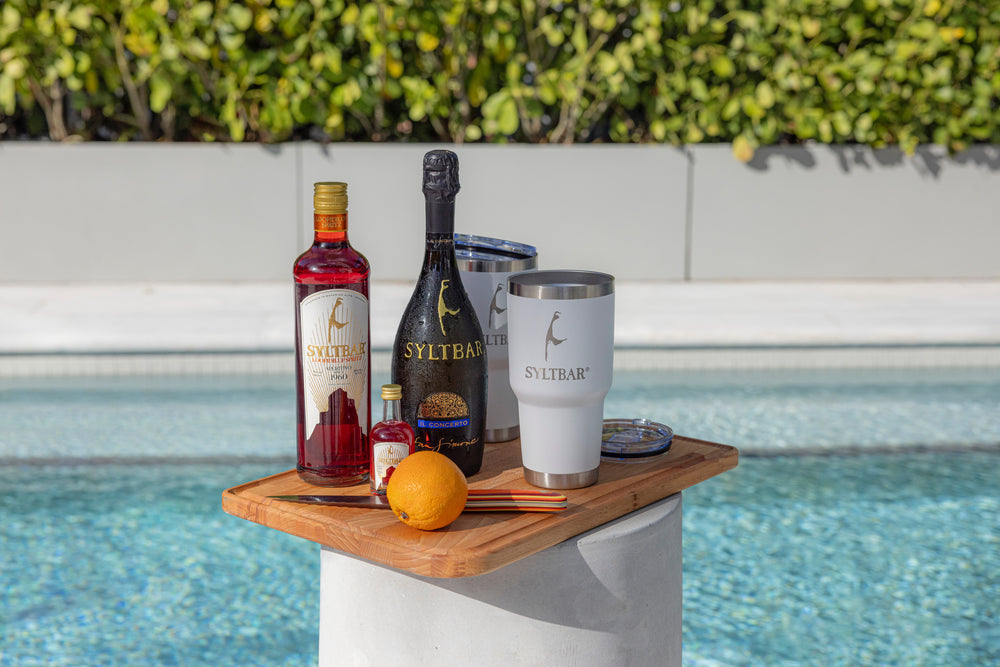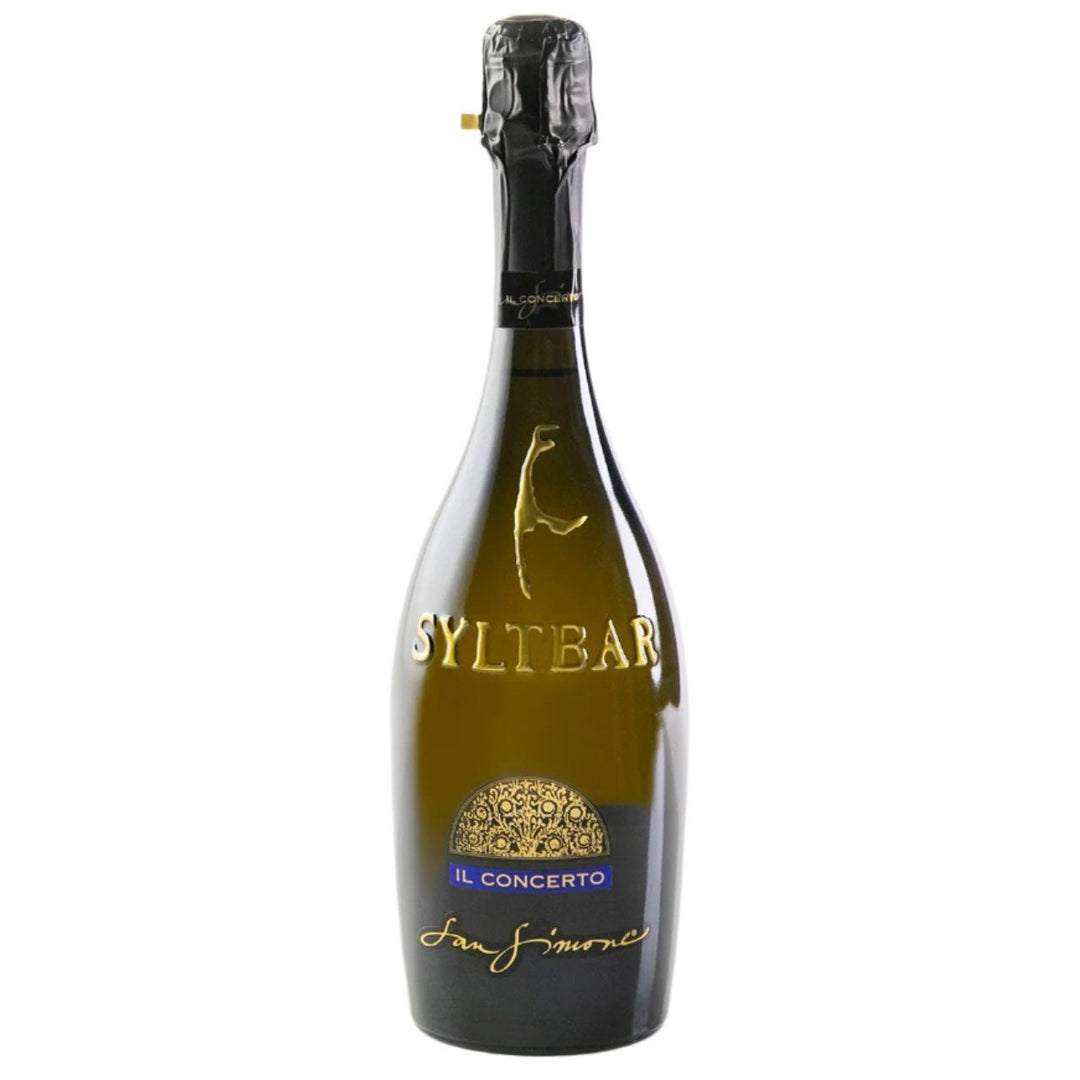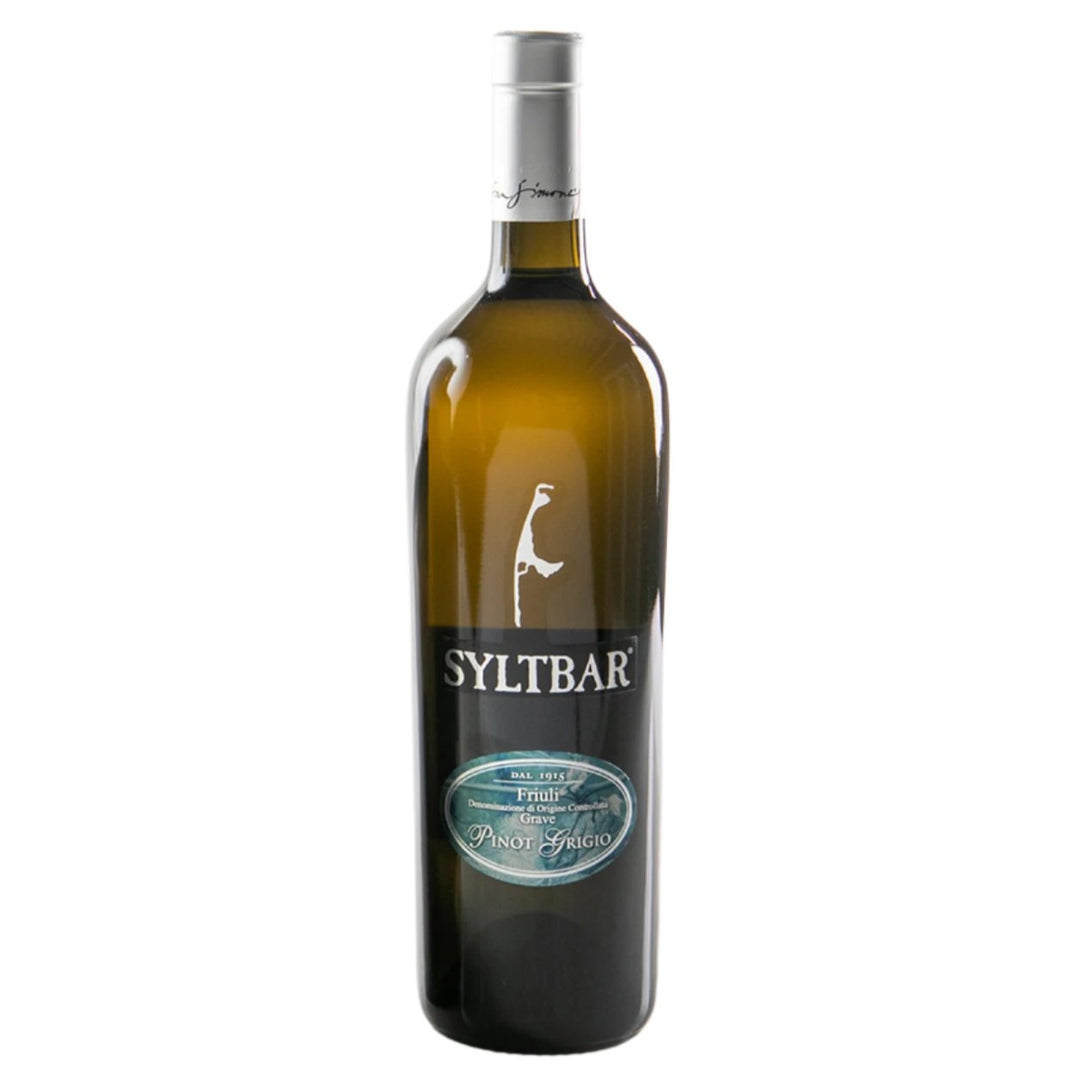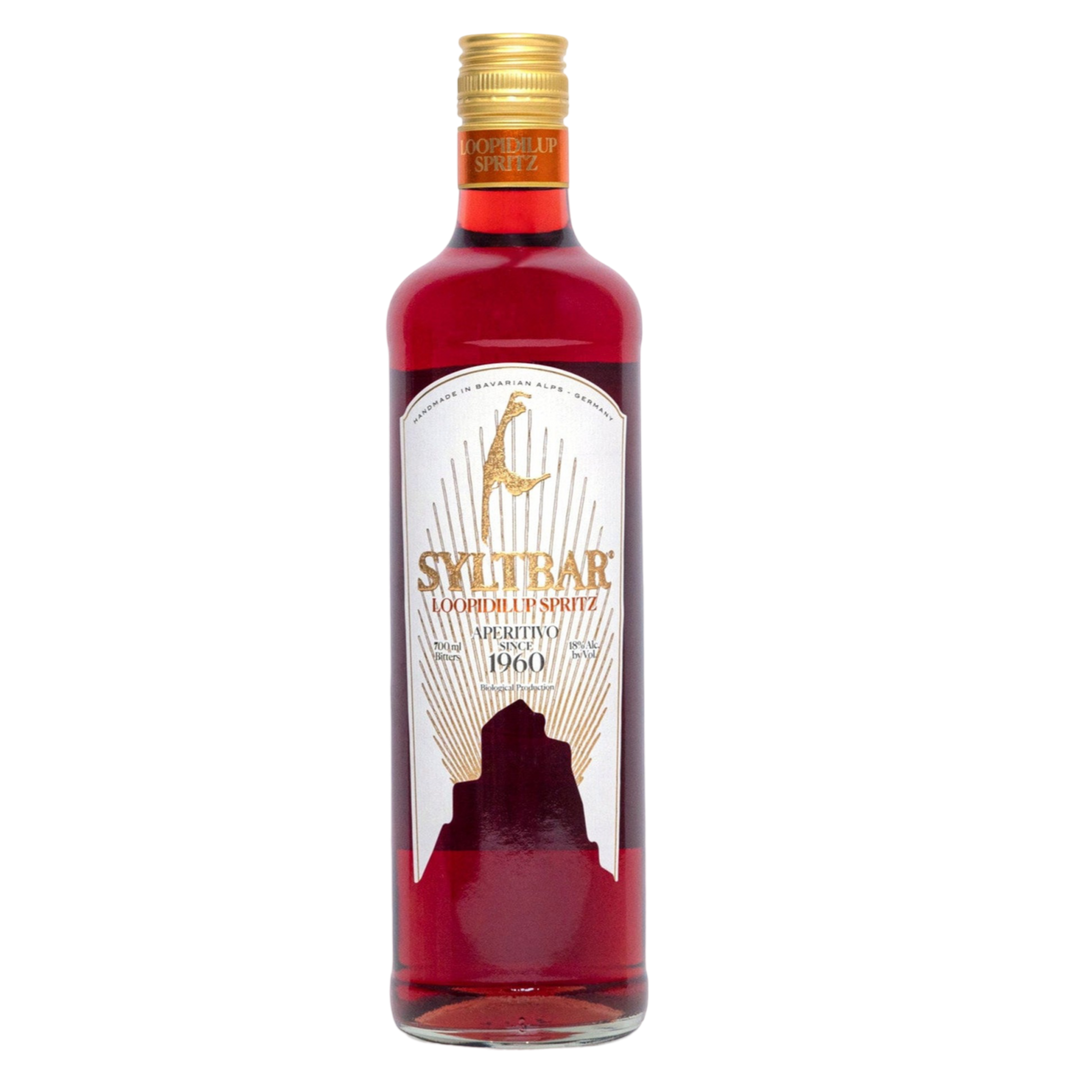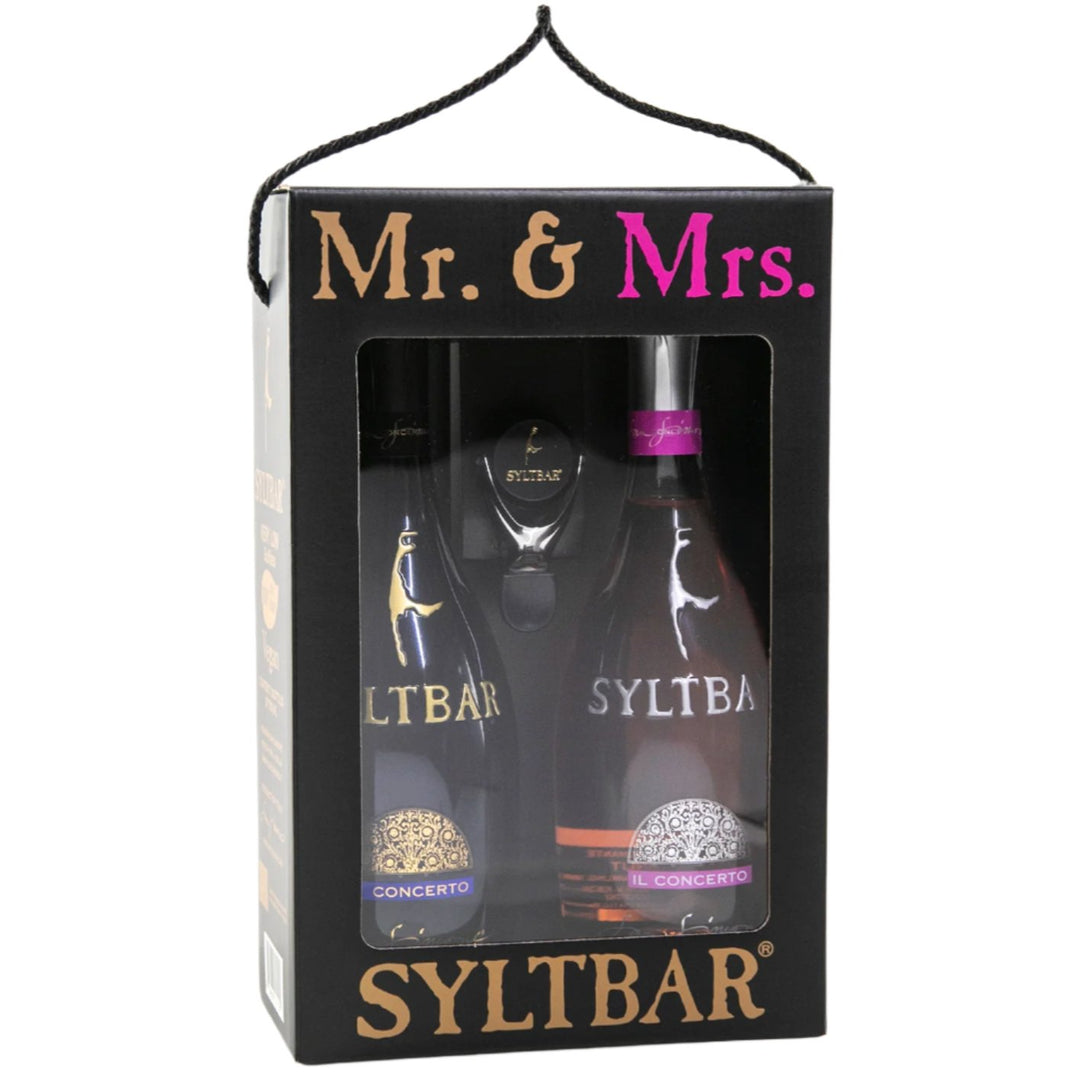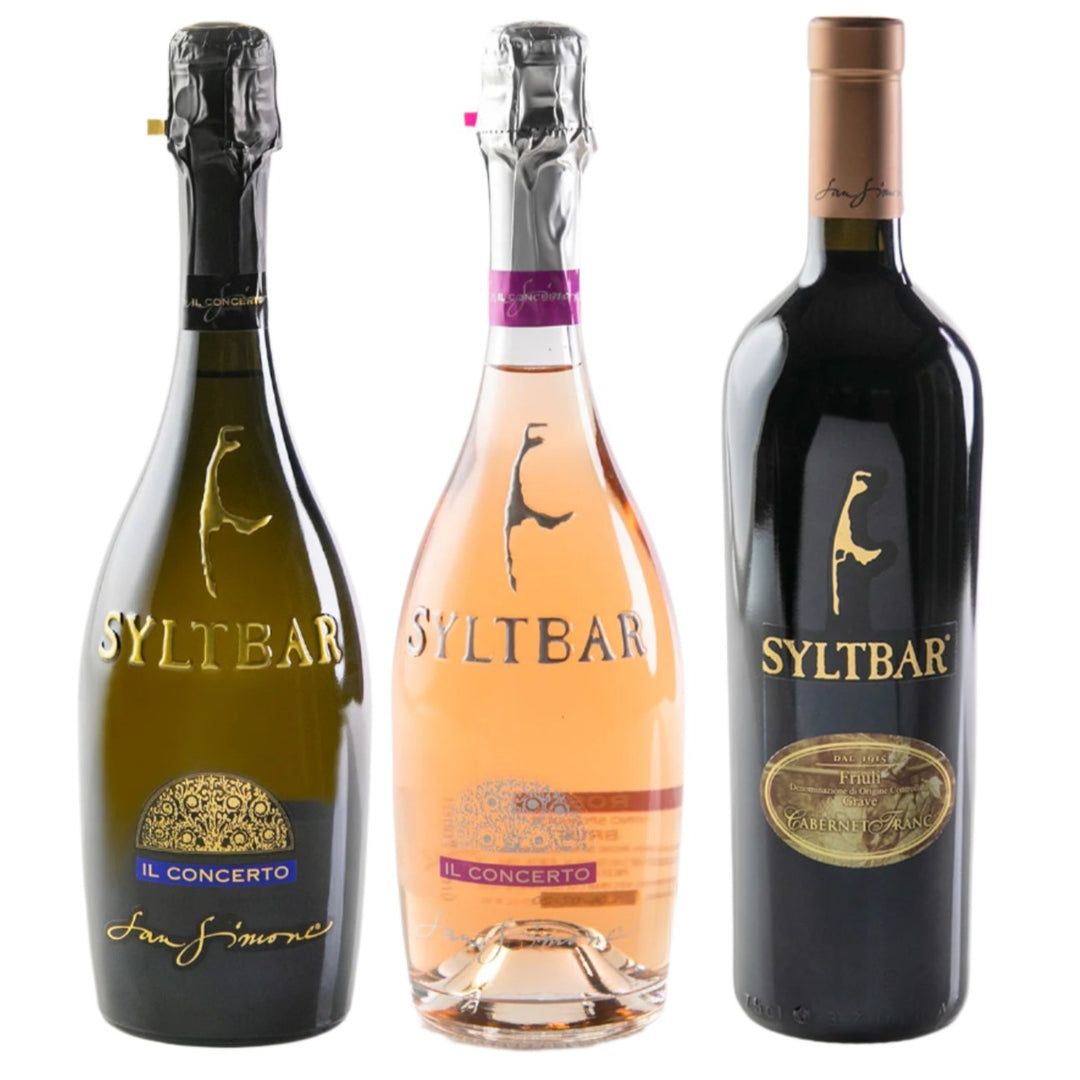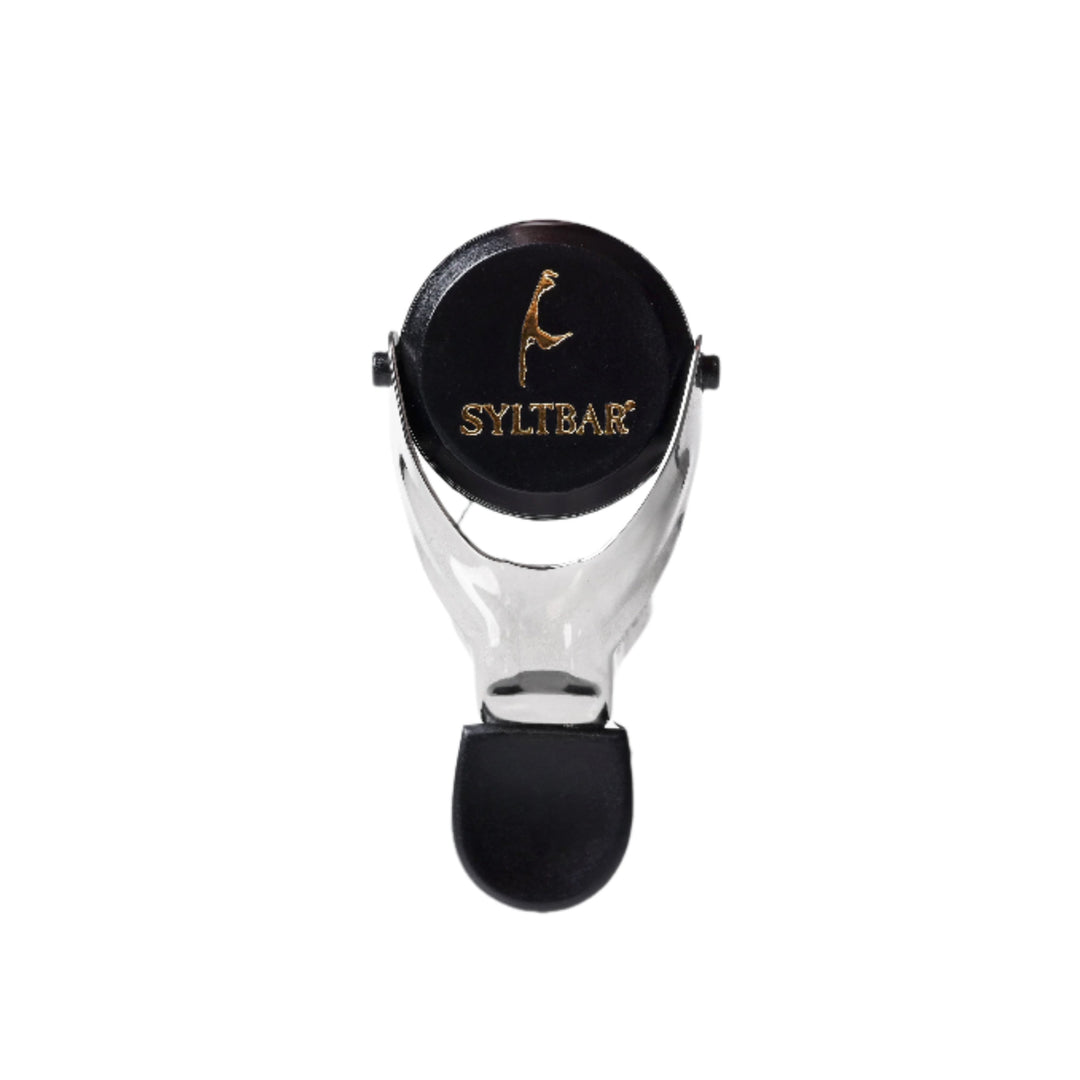Moet vs Veuve Clicquot vs SYLTBAR
Sparkling wine lovers, we bet you are probably very familiar with these two well known champagnes, Moët & Chandon and Veuve Clicquot. Both of these iconic French brands have almost become synonymous with champagne, symbolizing luxury and elegance, a French bubbly experience that is attainable almost everywhere through most wine retailers and many restaurants.
Moët & Chandon Bubbly Comparison
Moët & Chandon has been delighting drinkers since 1743. The Champagne house was founded by Dutch vintner and wine merchant, Claude Moët, who became the region’s first winemaker to exclusively produce sparkling wine. He then passed the business to his son, Victor Moët, who brought in his brother-in-law, Pierre-Gabriel Chandon de Briailles, as partner (which is where the Chandon name comes in.) But it was Claude’s grandson, Jean-Remy Moët, who really stole the show, introducing the champagnes to the rest of the world, and it quickly stole the hearts of sparkling wine lovers near and far.
Veuve Clicquot Champagne Comparison
Veuve Clicquot’s first vintage didn’t come about until 1810, despite the fact that the wine company that produced it was started in 1772 by vineyard owner Philippe Clicquot. Years later, in 1805 after Clicquot had passed and so had his son François, the business was left to François’s widow, who took the business to new strides, eventually becoming known as “La Grande Dame” of Champagne. The word Veuve means Widow in French, which is what Madame Clicquot was: the Veuve Clicquot, as she became a widow after only being married to Phillippe for seven years.
Madame Clicquot broke tradition in many ways, one of them being when she decided to use the iconic yellow label for which Veuve is known for today. That ‘V.Clicquot P. Werlé’ Yellow label trademark was registered in February of 1877.
Mass produced Champagne vs Winery Prosecco
You might think that these two established champagne companies are different from each other, but you’d be wrong. In 1987, Moët & Chandon, along with leading cognac brand Hennessey, joined forces with the fashion house Louis Vuitton and created the luxury goods powerhouse, LVMH, that is now home to 75 different houses among various industries including wine and spirits, fashion and leather goods, perfumes and cosmetics, watches and jewelry, selective retailing and other lifestyle activities. That same year, the group also acquired Veuve Clicquot.
So yes, both of these popular champagnes are under the same umbrella company that controls 24 other wine and spirit brands, and is the force behind some of the world’s most notable fashion brands aside from Louis Vuitton, including Christian Dior, Emilio Pucci, Fendi, Givenchy and more.
Now you can understand why exactly there is so much publicity and marketing dollars put behind the two champagnes, and why you see Moët & Chandon and Veuve Clicquot much more frequently than you see SYLTBAR Mr Premium Prosecco or Mrs Sparkling Rosé.

Quality of Winery Produced Prosecco
SYLTBAR is not equipped to have such a big time marketing structure that a large conglomerate has the ability to provide, but what we do have is the time-honored tradition of being part of a family-owned-and-operated vineyard for over a hundred years, a family that has only passed along the business from generation to generation, and has never combined efforts with a big company, simply to make a larger profit. Our Italian producer, San Simone, is more interested in providing customers with quality over quantity, remaining loyal to Mother Earth and engaging in sustainable winemaking practices.
Moet vs Veuve Clicquot vs SYLTBAR
Aside from this one very big difference between Moët, Veuve and SYLTBAR, there is also a difference in alcohol level, which also means a difference in calories. Moët and Veuve are both 12% ABV compared to SYLTBAR’s 11.5%. More alcohol means more calories.
There are two other very important and obvious comparisons: the grapes, and region of origin.
Prosecco vs Champagne
As you know, Prosecco comes from Italy and Champagne comes from France. Prosecco wine must be produced in either the Veneto or Friuli regions of northeast Italy, with at least 85% Glera grapes — although SYLTBAR uses 100% — and Champagne is made in the Champagne region with a combination of Chardonnay, Pinot Noir, and Pinot Meunier grapes.
These regions have different climates, which has a profound effect on the grapes produced there. Champagne is more northern, so the grapes are higher in acidity. Champagne often has almost yeast-like, bready tasting notes, much different than Prosecco. Prosecco has a much lighter, more crisp and refreshing flavor.
While some people may use the terms “Prosecco” and “Champagne” interchangeably, these sparkling wines are most definitely not the same. The tasting notes are vastly different in most cases, and depending on the brand, the quality is not the same either. If you find that you prefer lighter bubbles, SYLTBAR is more your style — especially if you also prefer to drink and support a brand that relies on loyal customers and word-of-mouth instead of giving in to mass-produced production.
To shop low sugar, low sulfite Prosecco and Sparkling Rosé, visit our online store and check our locator to find a local retailer that carries our wines.
